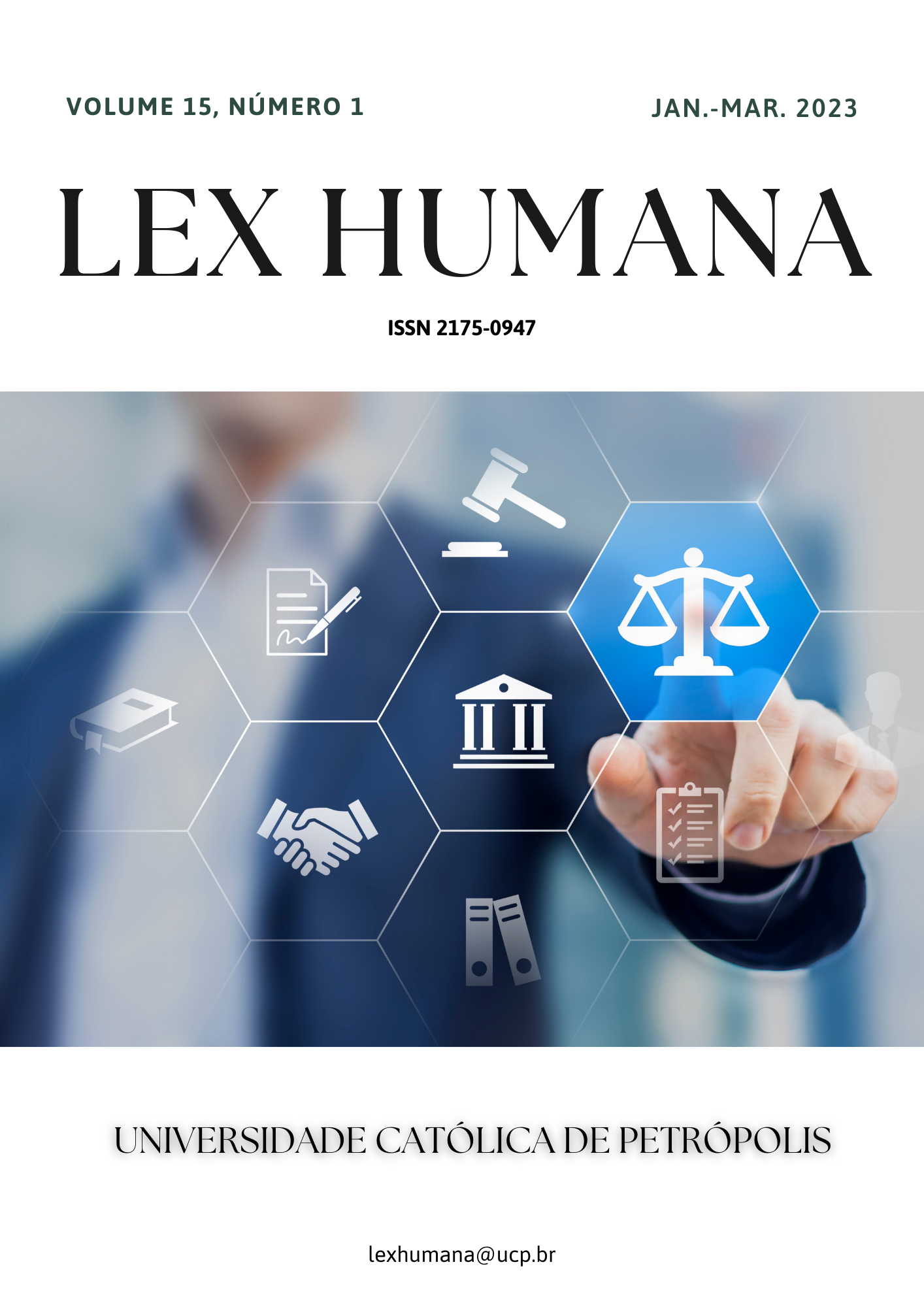Abstract
The article has been devoted to the transformation of law and legal activity caused by the active introduction of information and communication technologies in the legal sphere. The most important areas of the existence of law, such as law-making, legal realization, and legal protection are increasingly digitalized. The main purpose of the study is to consider the transformation of law and legal activity in the context of the development of digital technologies. The methodological basis was the formal-legal, concrete-sociological, and comparative-legal methods. In addition, logical and historical methods, system-structural, analysis, synthesis, induction, deduction were used. The article reflects not only the positive aspects of the introduction of new, primarily digital technologies but also identifies individual problems that are caused by this process. In addition, questions are raised concerning the very understanding of the law, its role, and significance in the conditions of the Fourth Industrial Revolution. The law will acquire a technologized character today and in the future. The purpose of law has always been to establish social discipline in society. In the conditions of the formation of a network society and the state, behavioral models that are fixed in legal norms acquire the character of algorithms peculiar to technological civilization. Two factors will most of all determine the transformation of law – economic and technological. The study concluded that the digital transformation of law is only a change in the forms of law, that is, the forms of its objectification.
References
Alpaydin, E. (2014). Introduction to machine learning. 3rd ed. Cambridge: The MIT Press.
Bastick, Z. (2017). Digital limits of government: The failure of E-democracy. In A. Paulin, L. Anthopoulos, & C. Reddick (Eds.), Beyond bureaucracy: Towards sustainable governance informatization (pp. 3-14). Cham: Springer International Publishing.
Dale, R. (2019). Law and word order: NLP in legal tech. Natural Language Engineering, 25(1), 211-217. http://dx.doi.org/10.1017/S1351324918000475
Jackson, M. (2019). Regulating AI. In C. Bertram, A. Aibson, & A. Nugent (Eds.), Closer to the machine: Technical, social, and legal aspects of AI (pp. 121-138). Melbourne: Office of the Victorian Information Commissioner.
Kirillova, E. A. Pavlyuk, A. V., & Mikheyev, A. A. (2019). Online contractual process: Status and technology. International Journal of Recent Technology and Engineering, 8(1), 2234-2240.
Kozurov, D. (2020, January 31). Bolshoi brat khochet znat, skolko u tebya deneg [Big brother wants to know how much money you have]. Komsomolskaya Pravda. https://www.kp.ru/daily/27085/4157562/
Lazarev, V. (2020). Izbrannoe. Iz liricheskoi yuridicheskoi prozy [Favorites. From lyrical legal prose]. Moscow: Federal Chamber of Lawyers of the Russian Federation.
Le Sueur, A. (2016). Robot government: Automated decision-making and its implications for parliament. In A. Horne, & A. Le Sueur (Eds.), Parliament: Legislation and accountability (pp. 183-203). Oxford: Hart Publishing.
Metsker, O. G., Trofimov, E., Petrov, M., & Butakov, N. A. (2019). Russian court decisions data analysis using distributed computing and machine learning to improve lawmaking and law enforcement. Procedia Computer Science, 156, 264-273. http://dx.doi.org/10.1016/j.procs.2019.08.202
ODSC – Open Data Science. (2019, April 29). Using NLP and ML to analyze legislative burdens upon businesses. https://medium.com/@ODSC/using-nlp-and-ml-to-analyze-legislative-burdens-upon-businesses-e5cc106b85b0
Schwab, K. (2018). Tekhnologii chetvertoi promyshlennoi revolyutsii [Technologies of the fourth industrial revolution]. Moscow: Eksmo, 320 p.
Shnurenko, I. (2021). Homo fractus. Chelovek vzlomannyi [Homo fractus. Broken human]. Moscow: Nashe zavtra.
Skinner, C. (2019). Tsifrovoi chelovek. Chetvertaya revolyutsiya v istorii chelovechestva, kotoraya zatronet kazhdogo [Digital person. The fourth revolution in human history that will affect everyone]. Moscow: Mann, Ivanov and Farber, 304 p.
Stolbov, M. I., & Brendeleva, E. A. (Eds.). (2018). Osnovy tsifrovoi ekonomiki [Basics of digital economy]. Moscow: Nauchnaya biblioteka.
Tulikov, A. V. (2017). Informatsionnaya bezopasnost i prava cheloveka v usloviyakh postindustrialnogo razvitiya (teoretiko-pravoi analiz) [Information security and human rights in the conditions of post-industrial development (theoretical and right analysis)]: Abstract of a thesis of candidate of legal sciences. National Research University “Higher School of Economics”, Moscow.
Van Gog, R., & Van Engers, T. M. (2001). Modeling legislation using natural language processing. In 2001 IEEE International Conference on Systems, Man and Cybernetics. e-Systems and e-Man for Cybernetics in Cyberspace (Cat. No.01CH37236) (vol. 1, pp. 561-566). IEEE. http://dx.doi.org/10.1109/ICSMC.2001.969873
Waddington, M. (2020). Rules as a code. Law in Context, 37(1), 179-186. http://dx.doi.org/10.26826/law-in-context.v37i1.134

This work is licensed under a Creative Commons Attribution-NonCommercial-NoDerivatives 4.0 International License.
Copyright (c) 2023 Lex Humana (ISSN 2175-0947)

